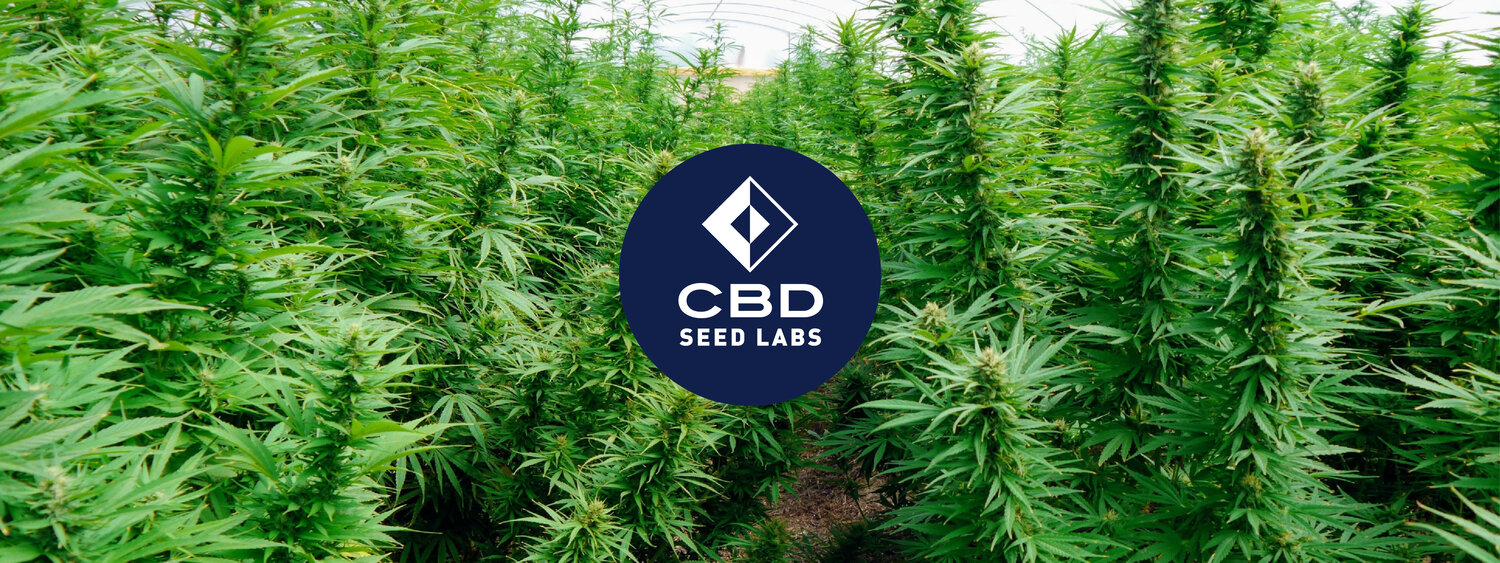Integrated Pest Management Guide
CBD Seed Labs Integrated Pest Management Guide (Plain Text)
Key Aspects:
Scout fields daily for pest damage and outbreaks
Identify pest or pathogen and treat accordingly
Isolate or remove contaminated areas
Be sure to remove all pests/pathogens before
harvesting crop
CANNABIS APHIDS
Description
Small insect but still visible by eye, with piercing-sucking mouths
Cream colored or light green
Can be winged or non-winged
Damage
Sucks out plant sap, leading to discolored foliage and suppressed growth
Secreted sap results in sooty mold
Management
Remove infestation carefully by hand and place in bucket (try not to spread to other plants)
Colonies can be found on the undersides of leaves
Look for glossy shine on top of leaves, this is their secreted sap and indicates an infestation
Be on lookout for ants, as they are attracted to the sugary secretion
CATERPILLARS
Description
Green, brown, or red caterpillars with black lines on backside
Are seasonal migrants, from June - August
Damage
Larvae are implanted deep within the flower
Once hatched the earworm will feed on the bud and leave droppings
These droppings will rot the bud and spread botrytis
Botrytis will further damage your crop and create another problem
Management
Remove rotted buds and try to locate the worm
Trace droppings to source and eliminate the worm
If infestation is mass spread, consider using an insecticide caterpillar killer
Reapply as needed
MITES
Description
Hemp Russet Mites-
tiny white elongated bodies, not visible without magnification
Two-Spotted Spider Mites-
slightly larger yellow-green oval bodies with spots
Damage
Hemp Russet Mites-
Causes leaves to curl, discolor, and become brittle
Can reduce flower size
Two-Spotted Spider Mites-
Causes small white specs on leaves, giving a sandpaper appearance
Plants can become covered in webbing significantly compromising plant health
Management
Mites thrive during drought periods and can be spread easily with heavy winds
Scout fields thoroughly if crop experiences such conditions
Infestation usually occurs around field edges
Remove affected area carefully by hand and place in bucket (try not to spread to other plants)
Use a safe and organic mitcite (ex. Dr. Zymes) to spray on plants
Repeat applications as needed until all living mites and its eggs are eliminated
LEAFHOPPERS
Description
Wedge like insects around 1/2in Can be various colors of green, brown, or gray to multi-colored
Adults have wings and fly away when disturbed
Damage
Sucks out plant sap, leading to discolored foliage with yellow/white speckles
Suppressed plant growth
Injects toxic saliva into plant material
Excretes honeydew which can attract ants and leads to fungal pathogens
Management
Catch and remove leafhoppers by hand if possible
To eliminate larvae, consider using - insecticidal soap, pyrethrum spray, diatomaceous earth, and neem oil
Pathogens
STEM AND ROOT ROT
Description
Typically the lower part of the stem becomes necrotic and brown
More common during early stages of growth cycle
Caused by fungal pathogens- Fusarium spp, Pythium spp, and Botrytis
Occurs during overwatering and non draining soil
Damage
Plant is unhealthy and unable to grow
Management
Remove affected plant carefully and avoid spreading pathogens to surrounding plants
Avoid overwatering, and maintain well draining soil
BOTRYTIS (GRAY MOLD/ BUD ROT)
Description
Found in soil, dead plants, or injured tissue
Occurs during high humidity and limited air flow
Damage
Bud and stem become necrotic and dies
Spores can easily spread, affecting mass areas
Management
Cut out any bud rot and then spray with a fungicide
Repeat applications as needed
Spores will tend to pop up and continue spread
Vigilantly scan crop and address immediately and effectively
Increase airflow and avoid planting too close together
POWDERY MILDEW
Description
White fungus on top of leaves
Develops during high humidity and low air circulation
Damage
Reduces plant growth and bud quality
Management
Remove and destroy affected areas



